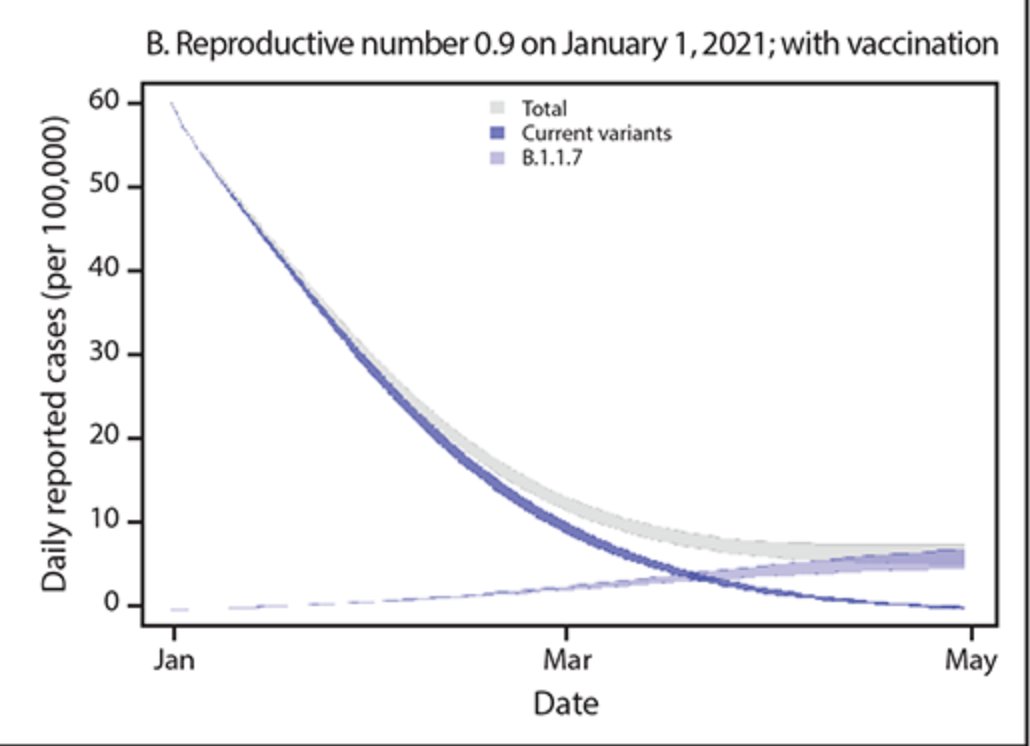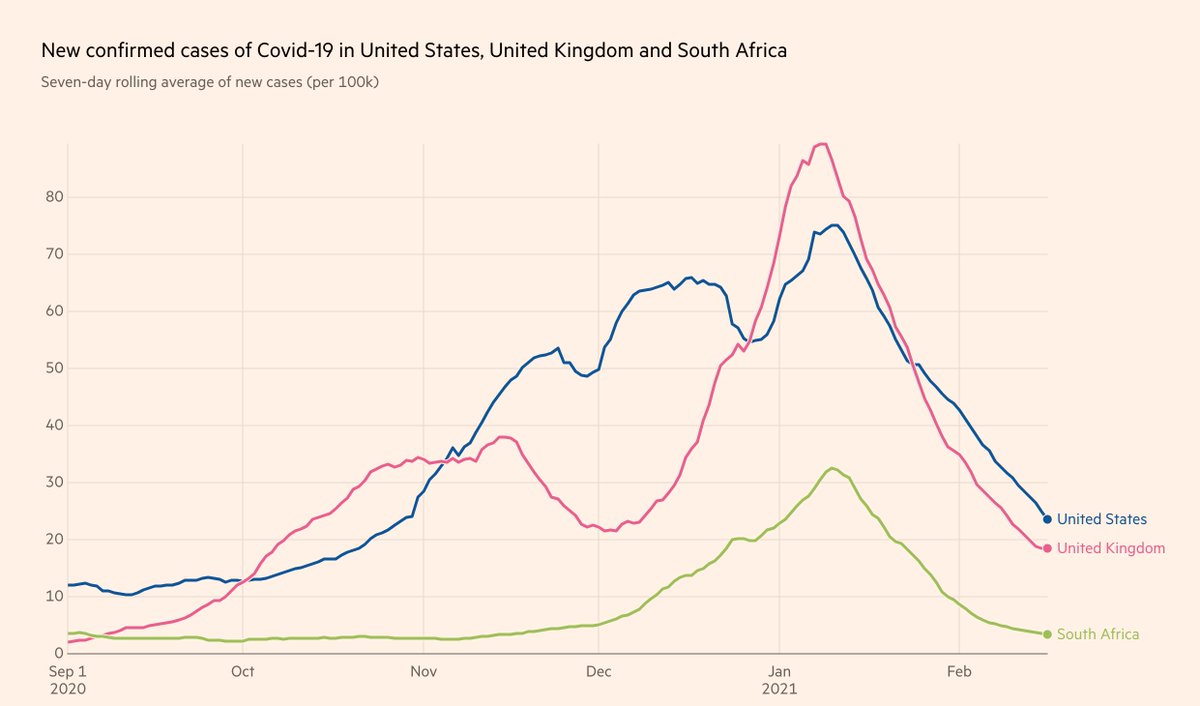The two most critical points of this are as follows:
* This problem mirrors fiction
* There is a structural information load issue at work
Let's dive in.
Fictional protagonists are usually reactive. Antagonists (villains!) drive events and push for change, and protagonists stop them. This is not universally true, but it's so common as so be expected. It's one of the reasons playing villains is fun for reasons other than EEEVIL.
One of the easiest ways to address this in play is with a nominal villains/actual heroes model, which is to say, games of rebels and revolutionaries. This is a popular, very playable model that works in many games.
But it's not quite enough.
If that was all there was to it, then every star wars game would be an example of player driven agendas. But, in practice, Star Wars games tend to be as reactive as anything else, even though the agenda is nominally proactive. Why is that?
That's where we come to the second part: Information load.
Proactive play requires more than just intent, it requires some sort of path to action. It's fine to position yourself in opposition to the empire, but once you've done that, what's your next step?
The classic limiter here is that, as the player's eyes and ears, the GM has to *deliver* those opportunities to the players, which sets up the reactive-seeming dynamic.
Now, I want to pause here and say that there's nothing wrong with this model. It can be done well or poorly, but it is battle tested and load bearing. In the hands of a bad GM, it's a work queue, but in the hands of a good GM, it's a dynamic world, full of options and adventure
But let's assume we *want* a game with more proactive play - how do we approach that?
The key lies in two elements: Information and Authority. Either one can solve the problem, and they have many different combinations.
Let's start with information, because it's the simplest. By default, there is strong information asymmetry between players and GM, both formally (game secrets, OOC Knowledge) and Informally (The GM is usually the one who read the books).
With this imbalance in place, the GM knows the potential *opportunities* for action, and takes up responsibility for delivering those appropriately.
(Opportunities, in this case, mean things which already exist within the fiction. We'll get to new things in a bit.)
If this imbalance is addressed, or removed entirely, then players are in a better position to find opportunities on their own. Exactly how that translates into game fiction is a complicated-seeming but easily solvable problem (TRUST YOUR PLAYERS).
But removing it entirely is an unsatisfying solution to many players, either because they enjoy the thrill of the unknown or because they don't *want* to read all the books. Or both. So this becomes something of a slider.
It's reasonably easy to illustrate - the better the players know the setting, the more proactive play is going to be, because there is less opportunity for "mother may I" and more opportunity for "I want to follow that thread!"
Now, so far we've only spoken to half the equation, the one rooted in the idea of the game world as a known/knowable thing. On the other side of the coin we have the unknown - those elements born out of creativity and added to whatever canon the game has.
To come back to Star Wars, the GM may have a galaxy map with any number of threats on it, but she will also no doubt be creating her own (because that's fun) to throw at the players.
And with that, we're once again back to a reactive model. The GM invents something, and there's no real way for the players to experience it *except* to have the GM deliver it.
As with information asymmetry, the easiest way to eradicate this problem is to eradicate its source, and put authorship in the hands of the players as well as the GM.
If the players can author threats or otherwise shape the world, they are no longer reliant on the GM to deliver the details, and they are free to be a proactive as they like.
But, again, there are some costs to this approach.
First, it runs the risk of triggering the Czege principle (that it's not much fun to create then defeat your own opposition). Games rely on a certain amount of friction, and unbounded authorship can roll right past that.
Second, it's not a dynamic everyone enjoys. For may players, there needs to be boundaries to help the world feel "real". And, of course, it raises the question of why the GM is there are all. Some people deal with that by disposing of the role, but that won't suit everyone.
So, again, this becomes something of a slider. Assuming you still want a GM (big caveat, I know), there are all sorts of degrees of player authorship which you can support in a game.
So, now we have two sliders, and that allows for a huge number of combinations. More than I could ever reasonably speak to. So, instead I'm going to narrow down on one particular sort of sweet spot.
If you start from a world that has strong bones but loose details, and leave plenty of room for player authorship of details, then proactivity becomes fairly easy to pursue.
To use the specific example of Blades in the Dark, the setting is rich, but sparse. It has a clearly finite number of details, and explicitly leaves space to fill in the gaps between those details. This is an opportunity for player authorship.
(There's also a technique element to this, which blades does well, as does the forthcoming Swords of the Serpentine, which boils down to 'when the players ask you a question about the setting, you ask them for their answer.')
So, the information asymmetry is an issue in cases where it's interesting (What are your enemies planning?) but otherwise off the table, and player authorship explicitly fills in the gaps. That, in turn, allows the "jobs" that blades crews perform to be HUGELY proactive.
Now, there is of course more to it. Blades makes a great example because it explicitly includes mechanics for things like changing the world, and things like that make a meaningful difference in the end result. But those two dials are really foundational.
They are the reason that Amber (light, character defined setting + Strong player authorship) excels at proactive play, but the Forgotten Realms as written (HUGE, Externally defined setting, very few author opportunities) does not.
(And if you object and want to cite a very proactive FR game, I note that I 100% believe you, but I would ask if you had perhaps tweaked either dial? Does your table have a ton of FR lore knowledge? Do you maybe tweak it a little?)
As an aside, there is a WHOLE subtopic here about shared worldbuilding. One way to get around information asymmetry (and to gently introduce player authorship) is to have a setting that was created by the whole table.
There's a similar subtopic about deep lore. There are a handful of settings with sufficiently deep, compelling lore that they also address information asymmetry by breaking the idea of the GM as the lone expert. If you can find a table of people who dig this, it's gold.

